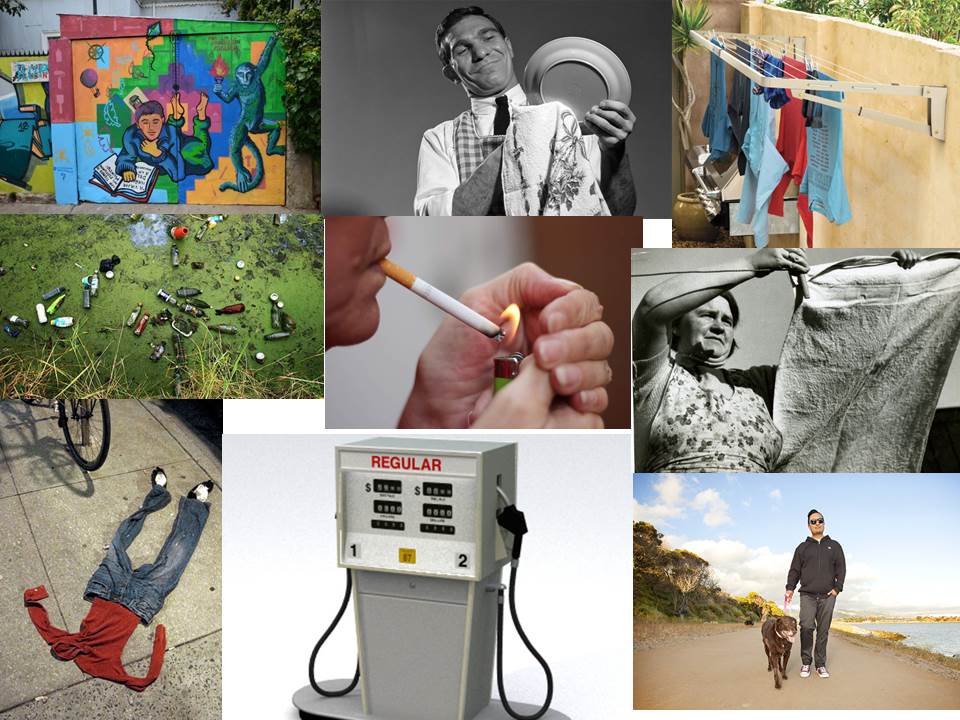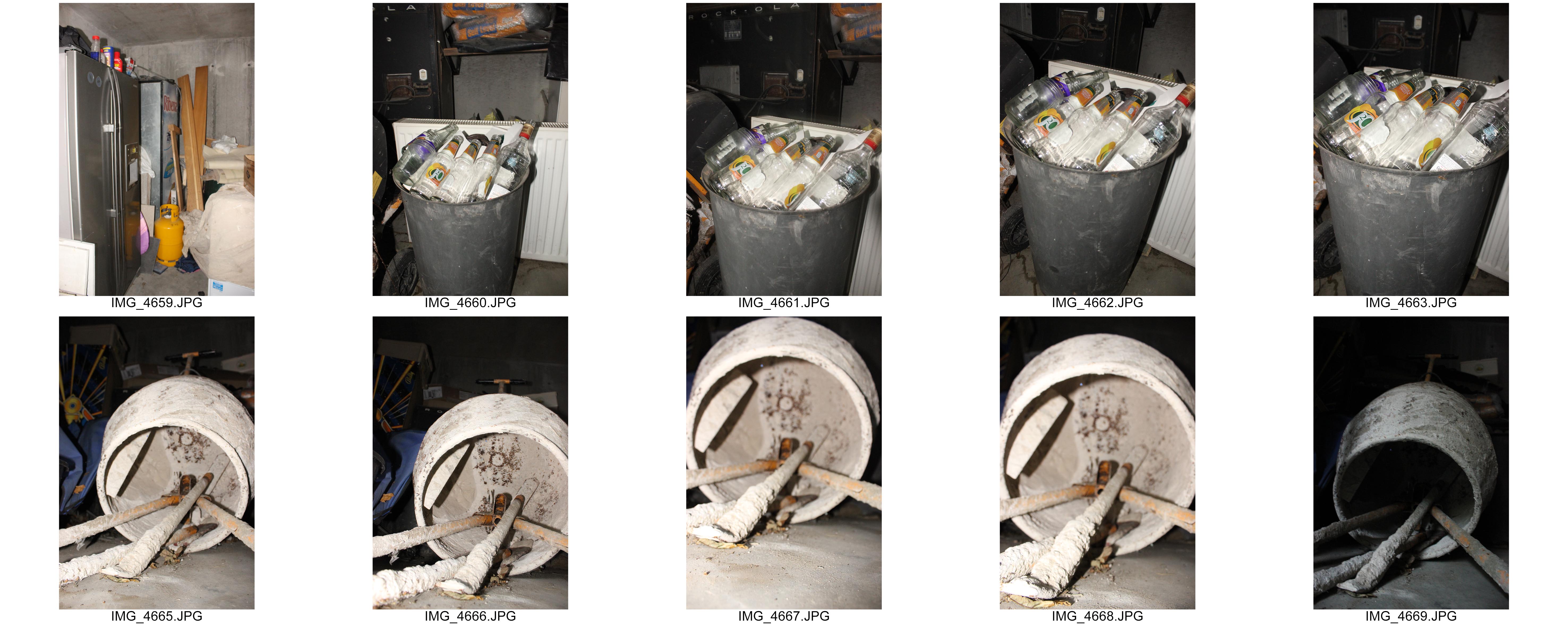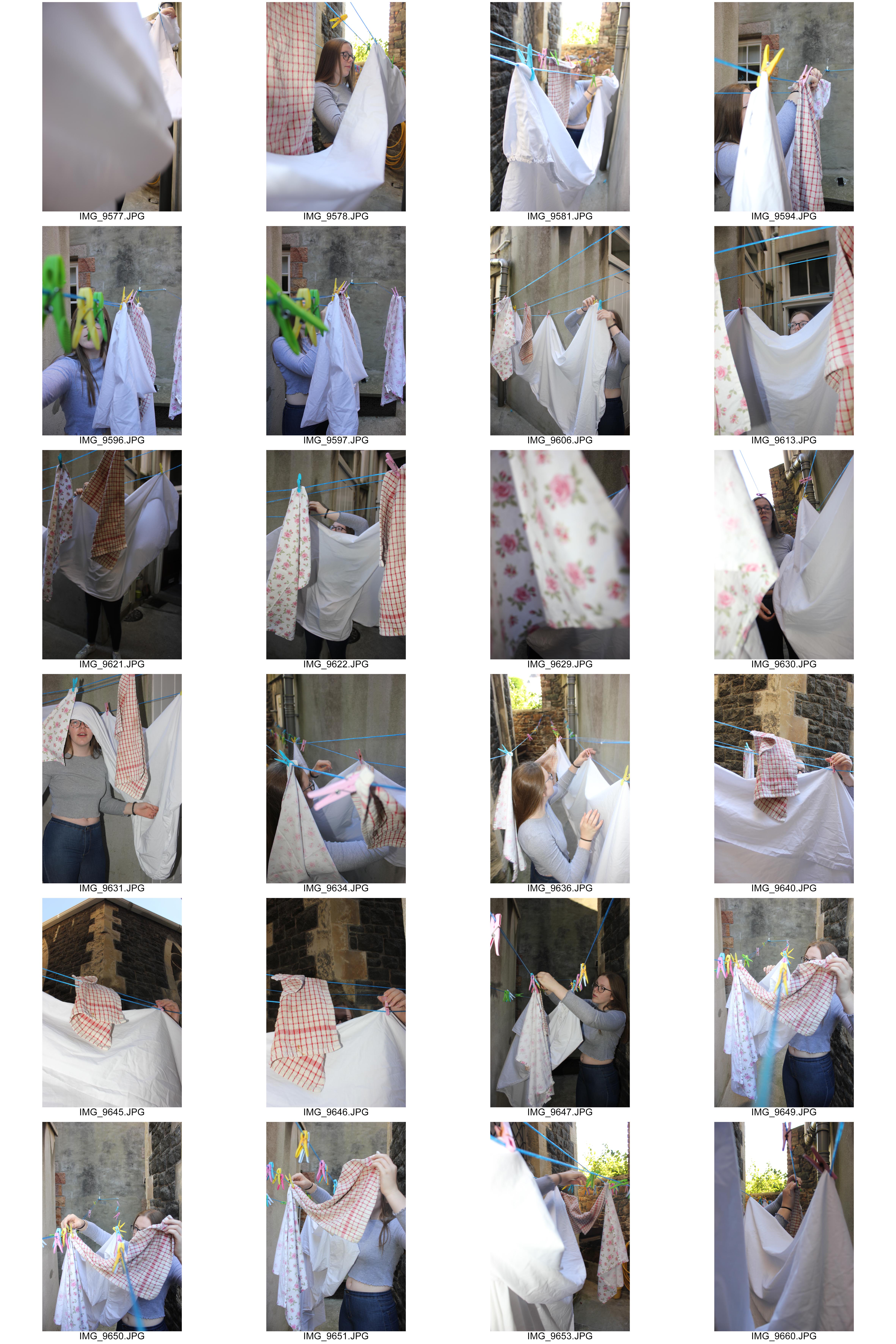I chose the cover as I felt it represented my theme as a whole. The presence of the domestic cat, home grown plants and furniture enclosed in this small area creates an interesting environment which I carefully composed to feature as much as possible. The use of flash emphasises these details by intensifying the colours of the image. I used a simple font for the title so as to not distract the viewer from the details of the image.
The first two pages show a continuation from the cover of the zine. I placed my images in a reverse order of what I saw in real life as I felt it created a more interesting narrative of looking into someone’s life but not revealing too much about who they are.
In contrast, the next 4 pages showcase daily life in St Helier from an inside perspective. The image of a girl hanging out sheets is composed to make the viewer become part of the situation, aided by the eye contact of the subject in the image. The photo is partnered with a softer toned colour image also featuring a washing line but viewed from an external perspective. I placed the photo of a subject washing dishes alongside an image of a hose as they shared similarities of colour with the use of saturated yellows and greens, as well as the different uses of water in regular life.
The zine continues on to take a different approach through showcasing darker topics as an underlying meaning. Abandonment and Isolation is shown in images of an empty storage unit as well as a mattress placed by a bin due to no longer being used. Pollution is seen in images of glass bottles, lighters and broken furniture disposed off in an act of fly tipping in what was once a religious building.
I used the same image that I used for the cover as a back page however in a flipped orientation.


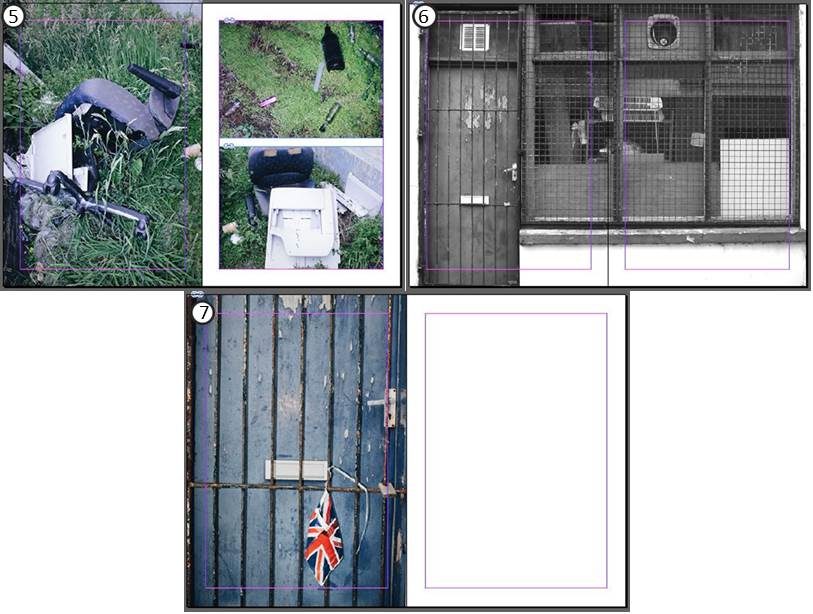




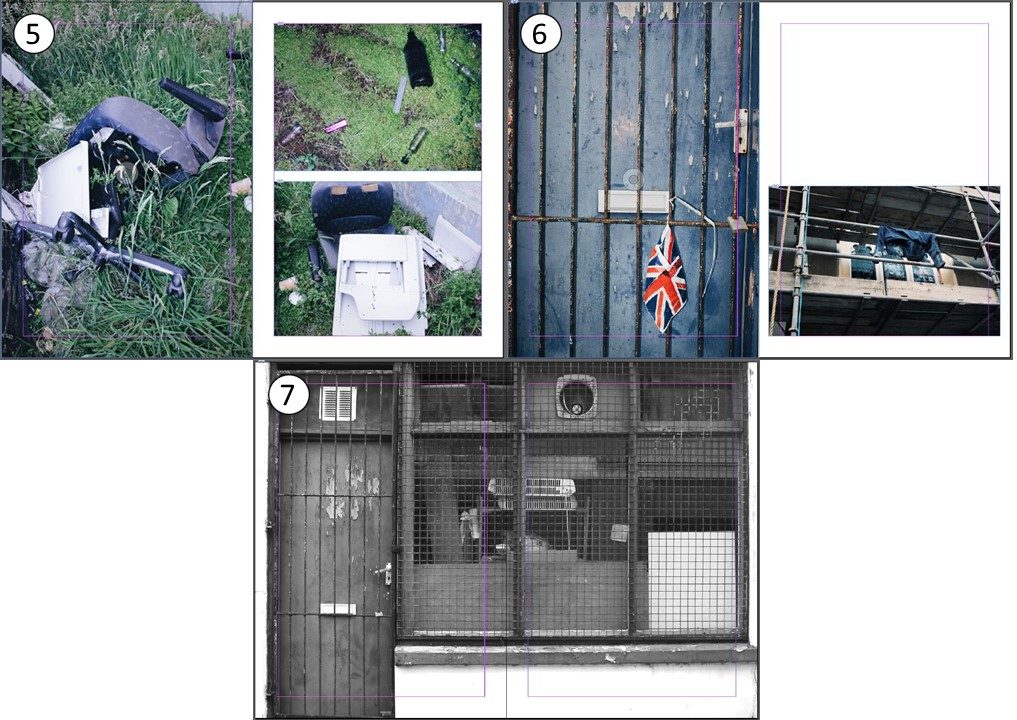
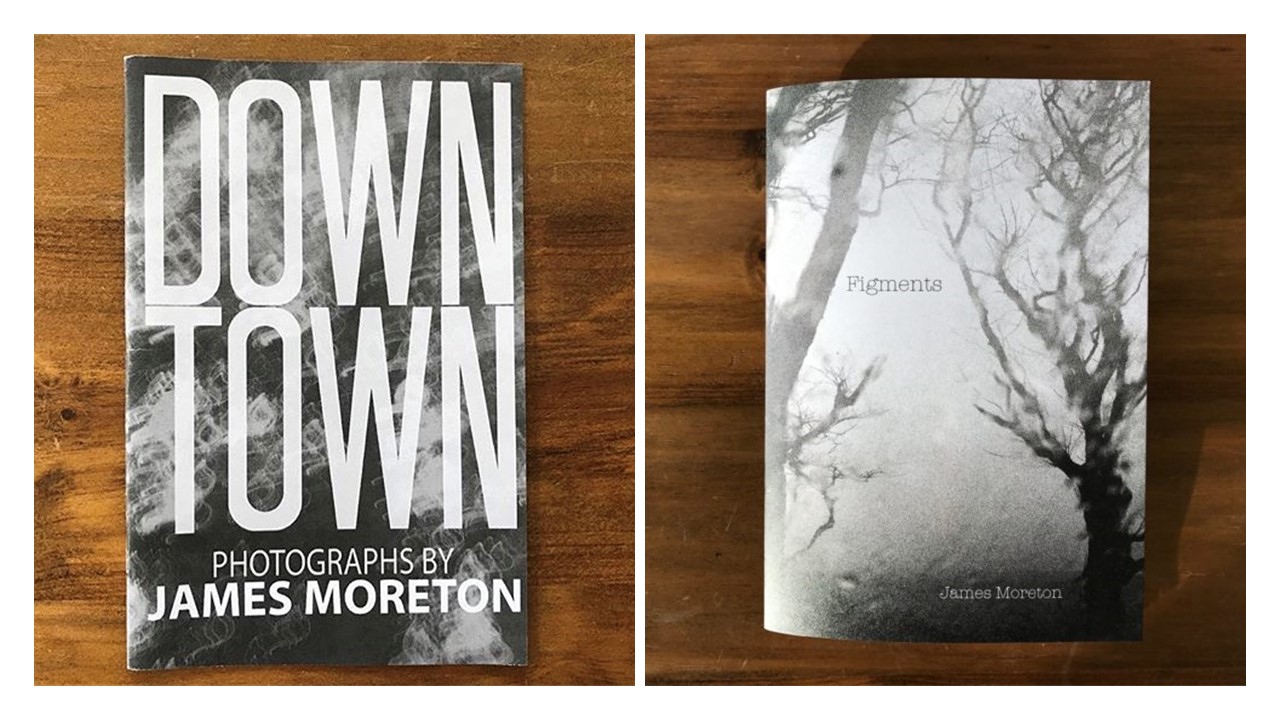 In the eyes of James Moreton, zines are seen to be the most accessible and favourable medium of photography thanks to their ability to create an impact through the use of pairing, juxtaposing and narrative flow to tell a story or instill an emotion, a method “unsurpassed by any other photographic medium”.
In the eyes of James Moreton, zines are seen to be the most accessible and favourable medium of photography thanks to their ability to create an impact through the use of pairing, juxtaposing and narrative flow to tell a story or instill an emotion, a method “unsurpassed by any other photographic medium”.







